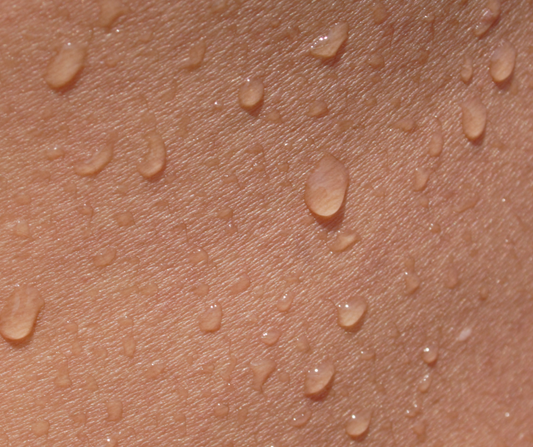Transition through perimenopause and menopause, changes in the body can bring a variety of new experiences, some expected and others less so. One of these changes is the transformation in vaginal discharge. While the topic might feel a little taboo, understanding what’s happening with your body is essential for staying informed and feeling empowered.
Let’s unpack what’s normal, what’s not, and how these changes are tied to fluctuating hormones and pH levels.
What Causes Changes in Vaginal Discharge During Perimenopause and Menopause?
Hormones, especially estrogen, are the key players in determining the quantity, consistency, and pH of vaginal discharge. During perimenopause (the transitional phase leading up to menopause) estrogen levels start to fluctuate, sometimes wildly. These fluctuations often result in:
- Increased dryness: Lower estrogen can lead to less vaginal lubrication, making discharge scantier than before.
- Changes in consistency: What used to be clear and stretchy may become thinner, thicker, or simply different from your norm.
- Color variations: A slight yellow or white tint can occur due to reduced hydration in the vaginal tissues.
By the time menopause arrives (defined as 12 consecutive months without a menstrual period), estrogen levels stabilize, but at a much lower level than before. This significant drop impacts the vaginal environment in a big way.
How Aging and Hormones Impact Vaginal pH
Vaginal pH is another aspect of this transition. In reproductive years, the pH hovers around 3.8 to 4.5 - acidic enough to maintain a healthy balance of beneficial bacteria and fend off infections.
During perimenopause and menopause, however, the drop in estrogen leads to:
- Higher pH levels: The vaginal environment becomes less acidic, often reaching a pH of 5 or above.
- Reduced lactobacilli: These beneficial bacteria thrive in an acidic environment and struggle when pH increases, leaving the vagina more vulnerable to irritation and infections.
When to Be Concerned
While changes in vaginal discharge are common and often harmless during this time, it’s important to know what’s normal for you and when to consult a healthcare provider. Look out for:
- Strong, unpleasant odors
- Unusual colors (like green or gray)
- Itching, burning, or discomfort
- A sudden increase in volume
These could signal an infection, such as bacterial vaginosis, a yeast infection, or another condition needing medical attention.
How to Care for Your Changing Vaginal Environment
The key to maintaining vaginal health during perimenopause and menopause is balance. Here are some tips to keep your intimate area comfortable and healthy:
- Hydrate and moisturize: Use gentle products that help replenish moisture and soothe irritation.
- Choose pH-balanced care: Look for products specifically designed to support a healthy vaginal pH during this stage of life.
- Avoid harsh soaps and fragrances: These can disrupt the delicate balance of bacteria and worsen dryness or irritation.
- Consider probiotics: Both dietary and topical probiotics can help replenish beneficial bacteria and maintain vaginal health.


















